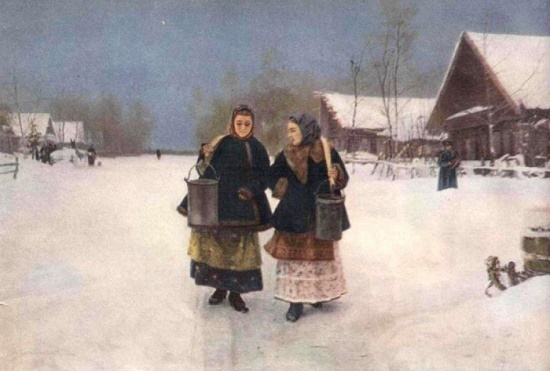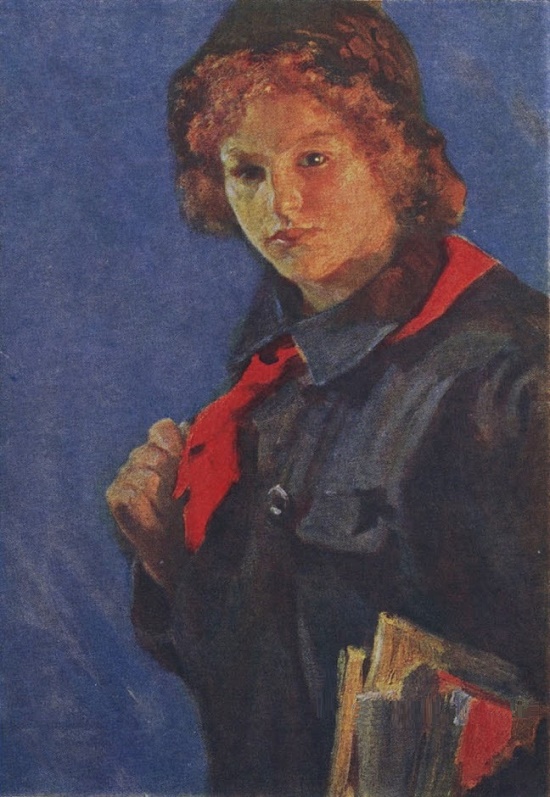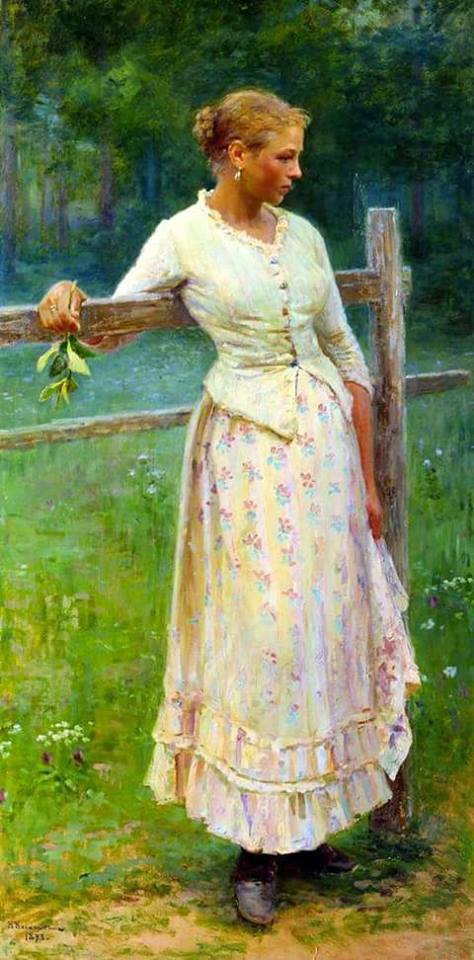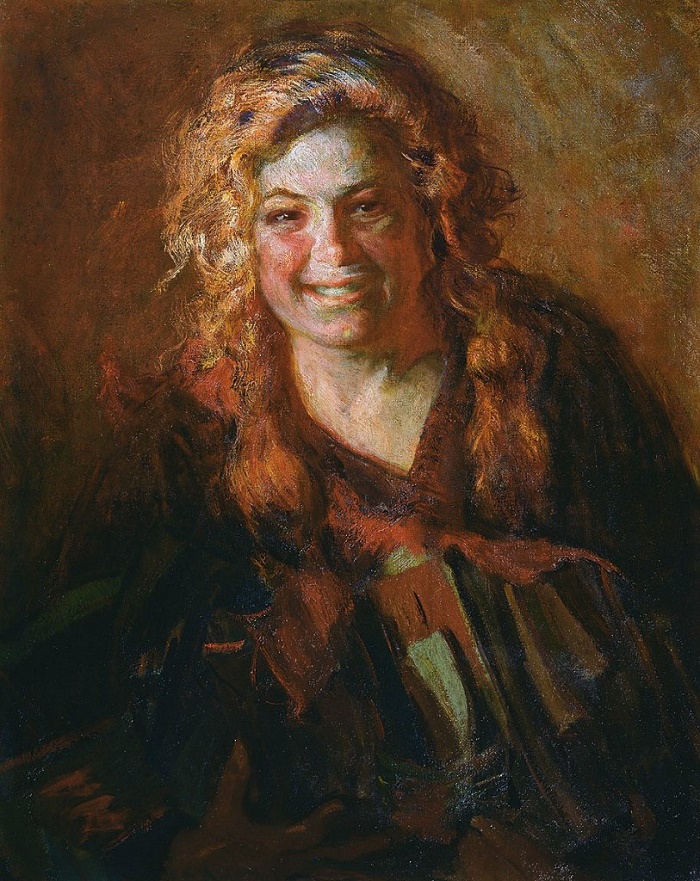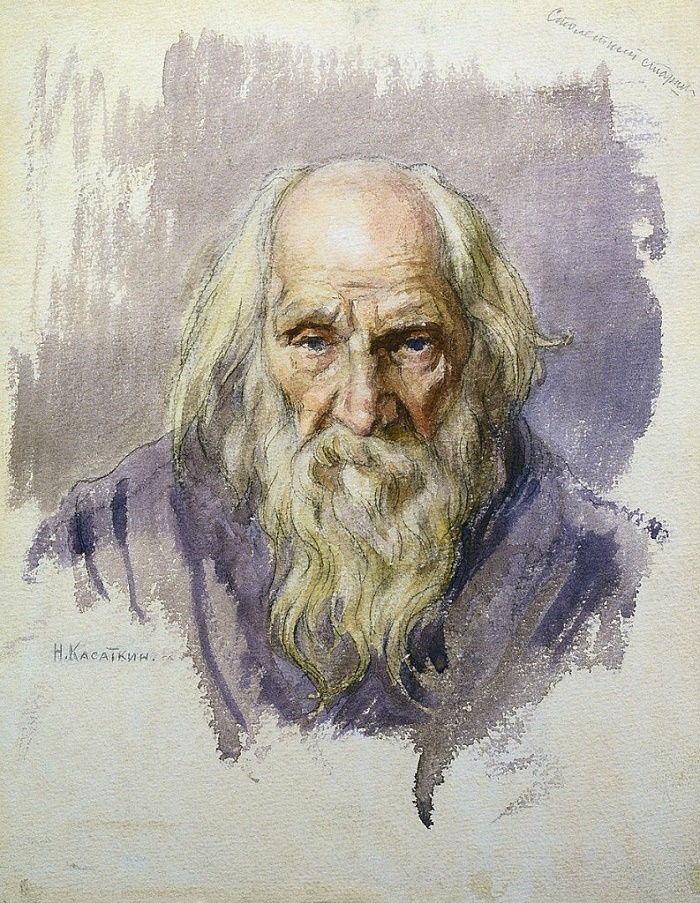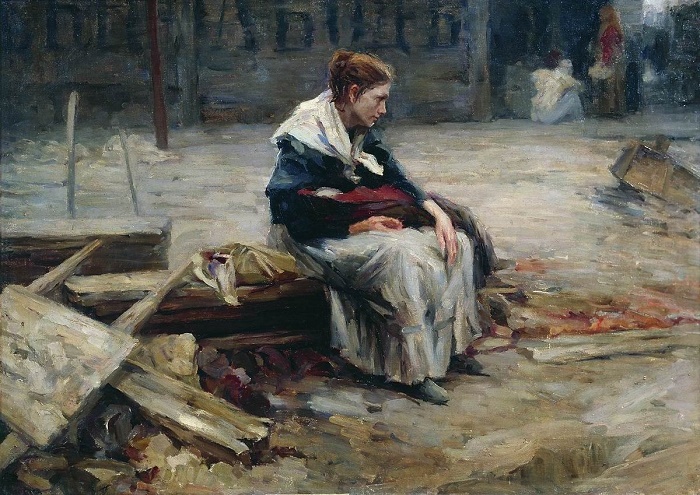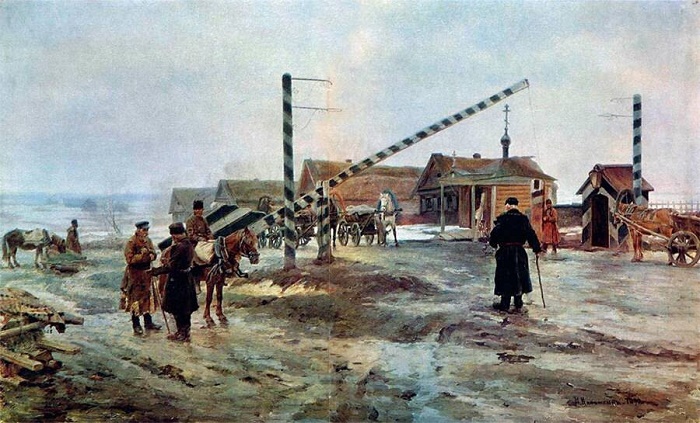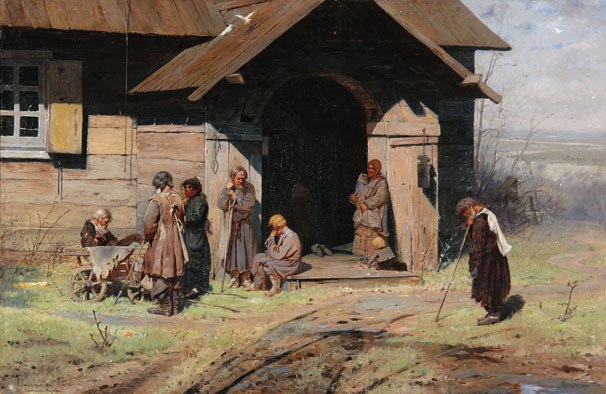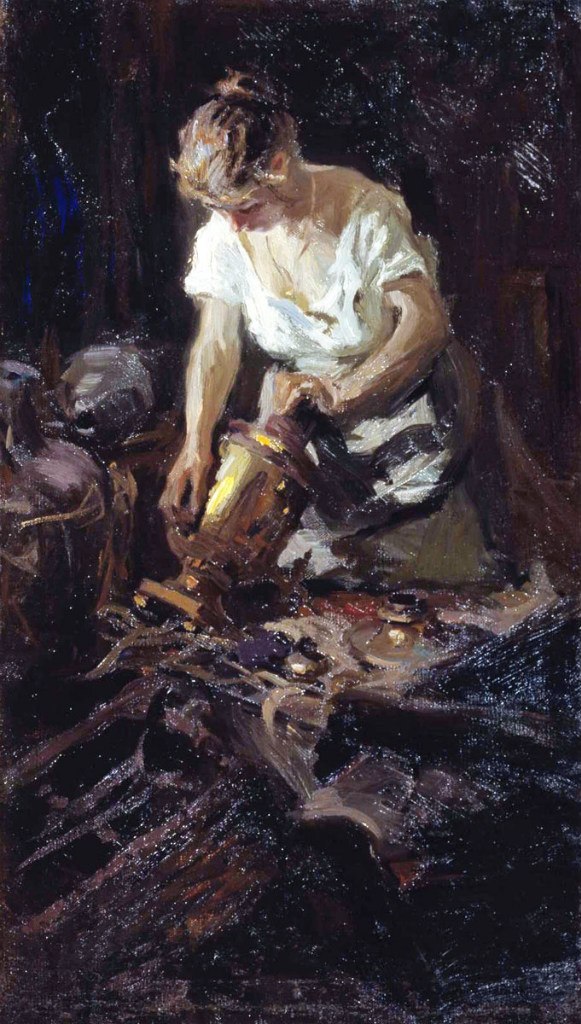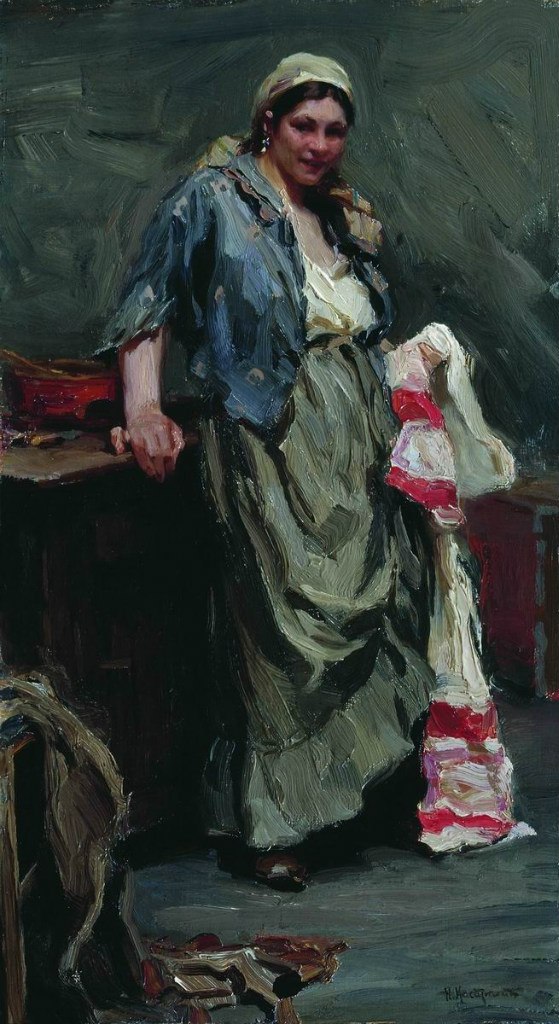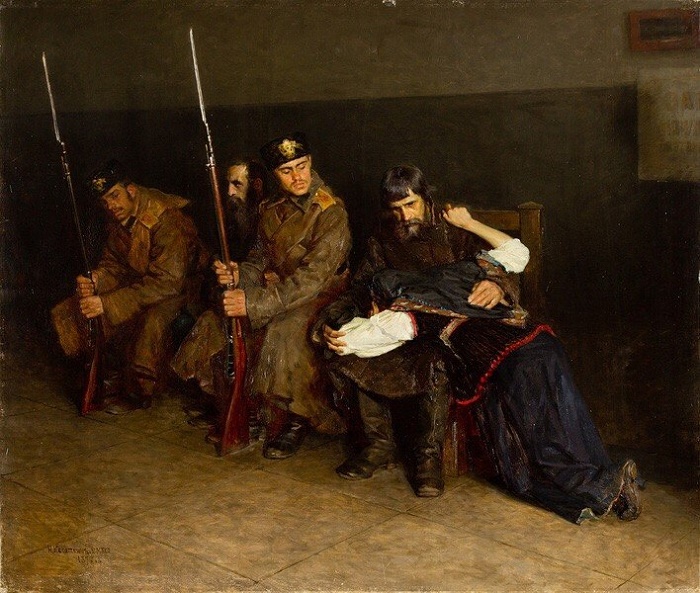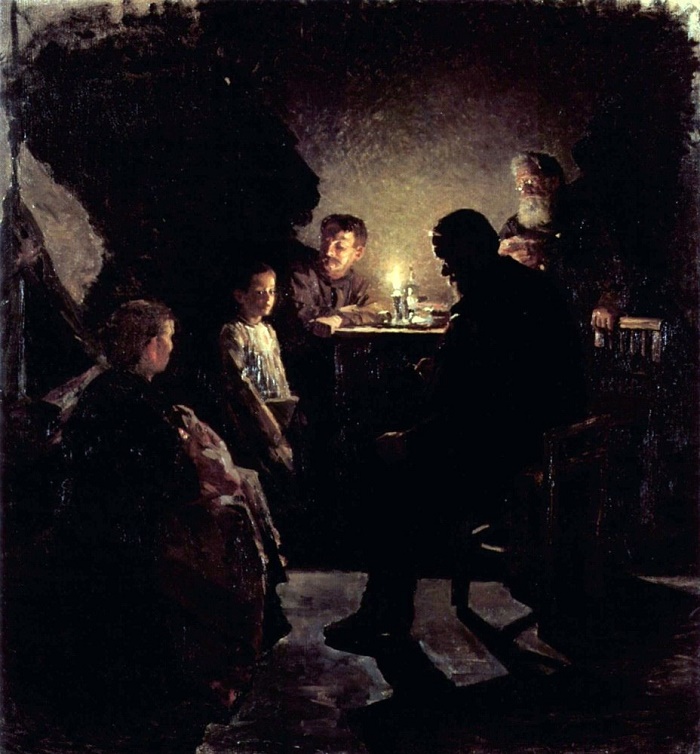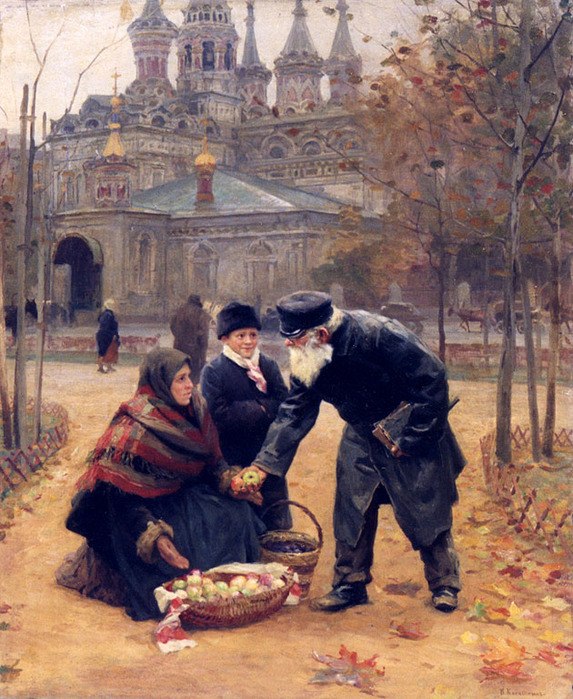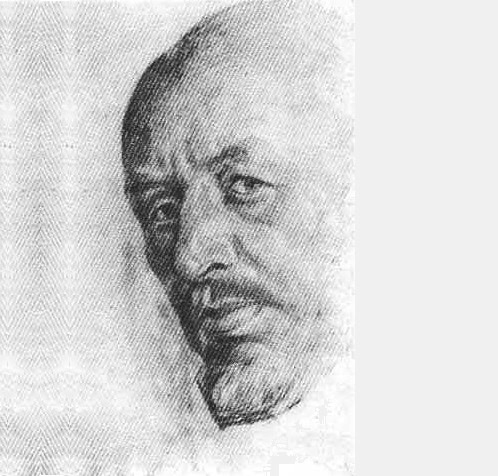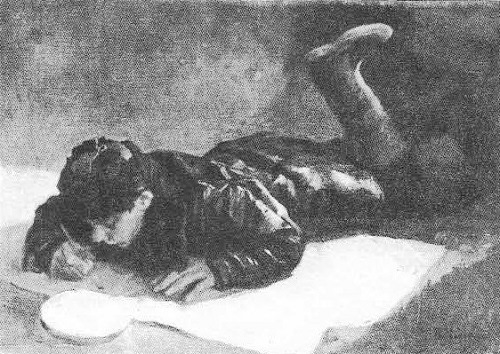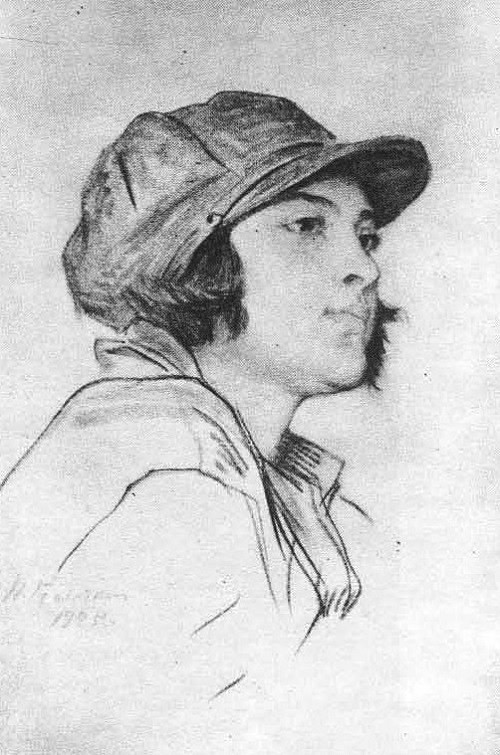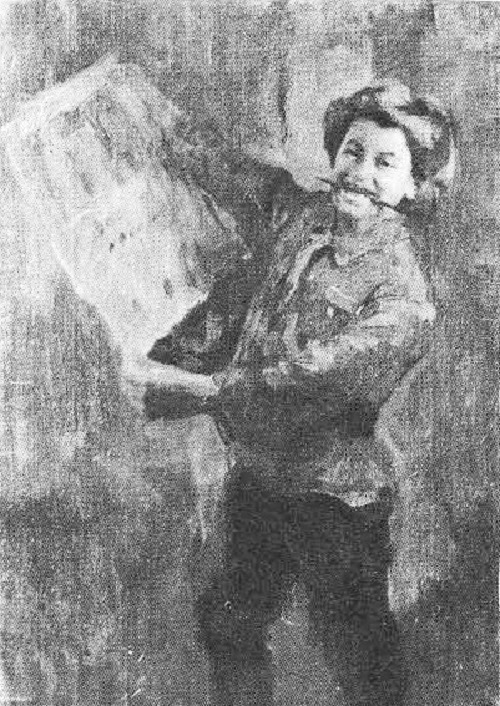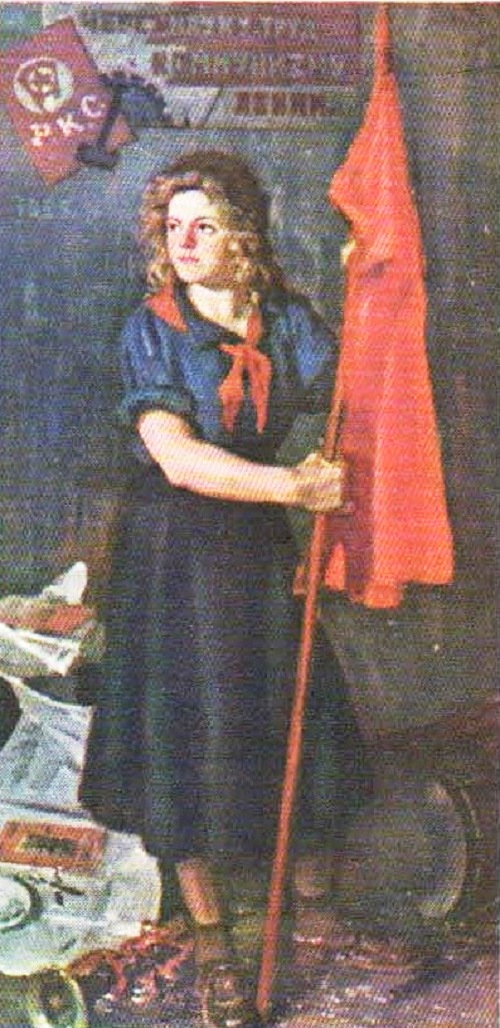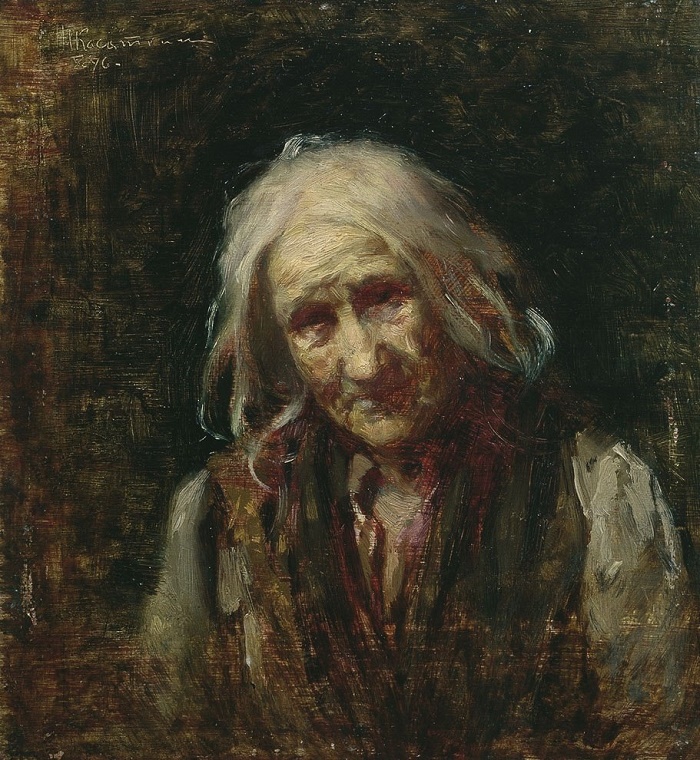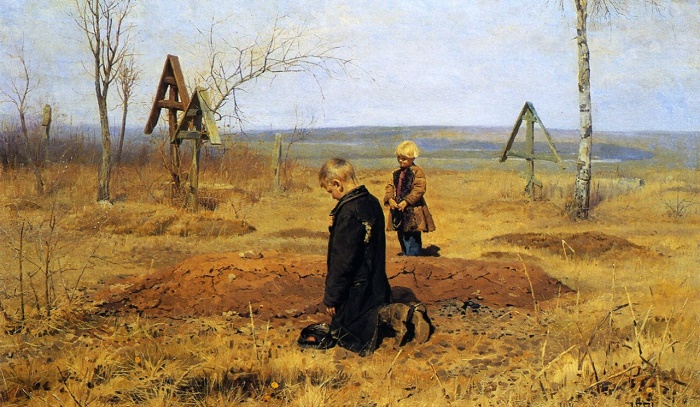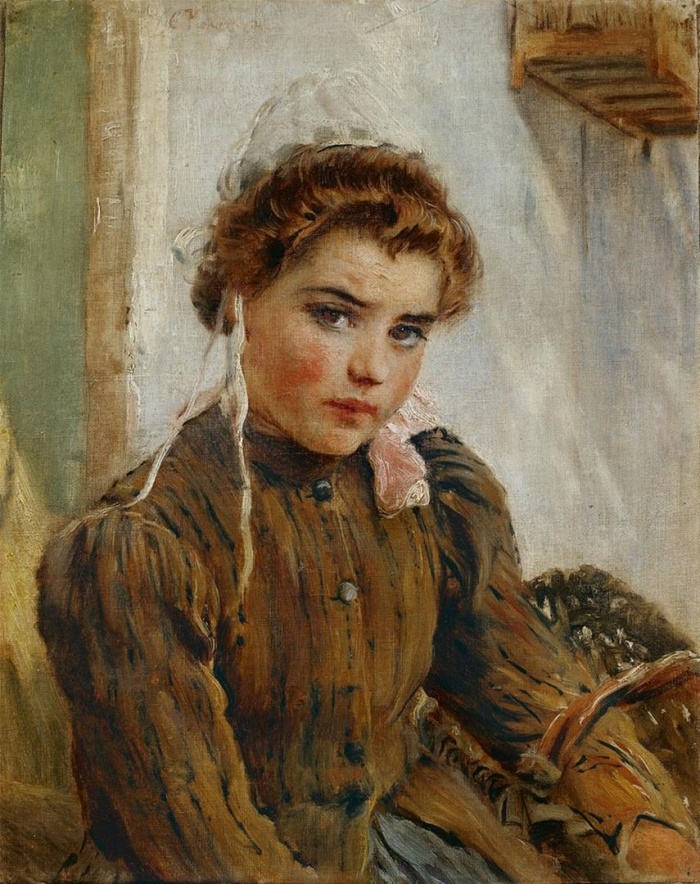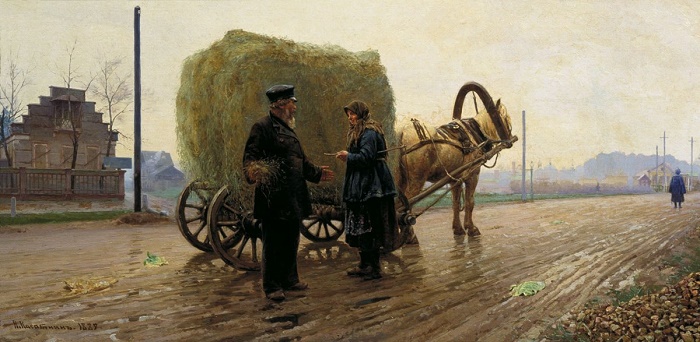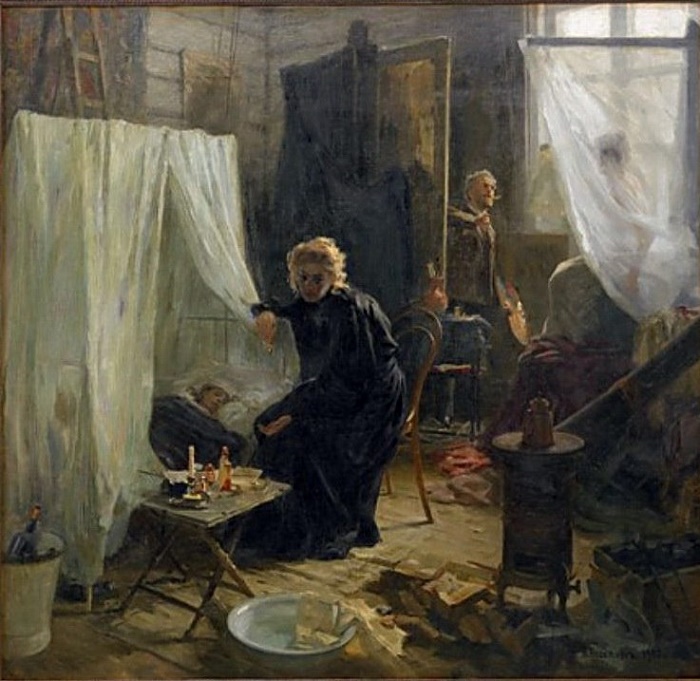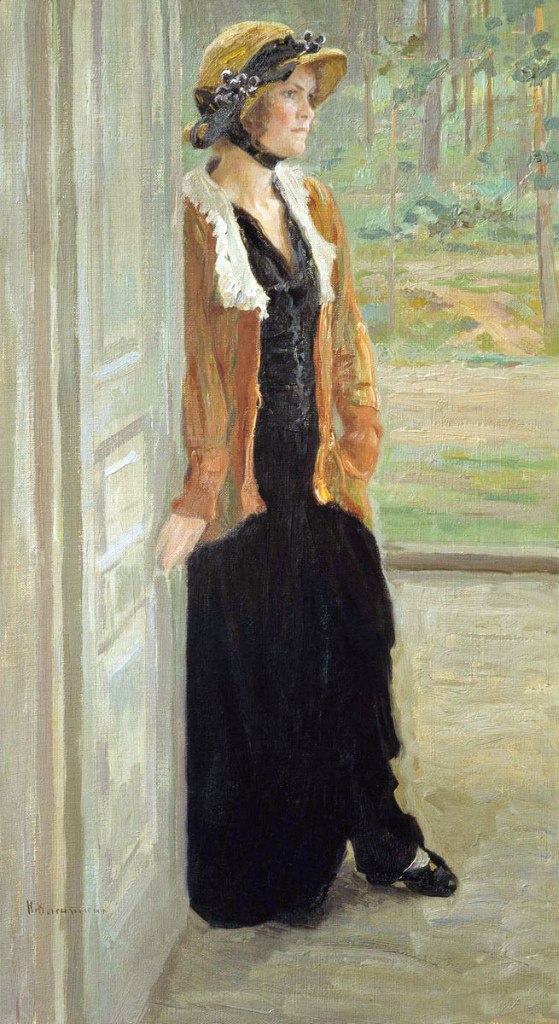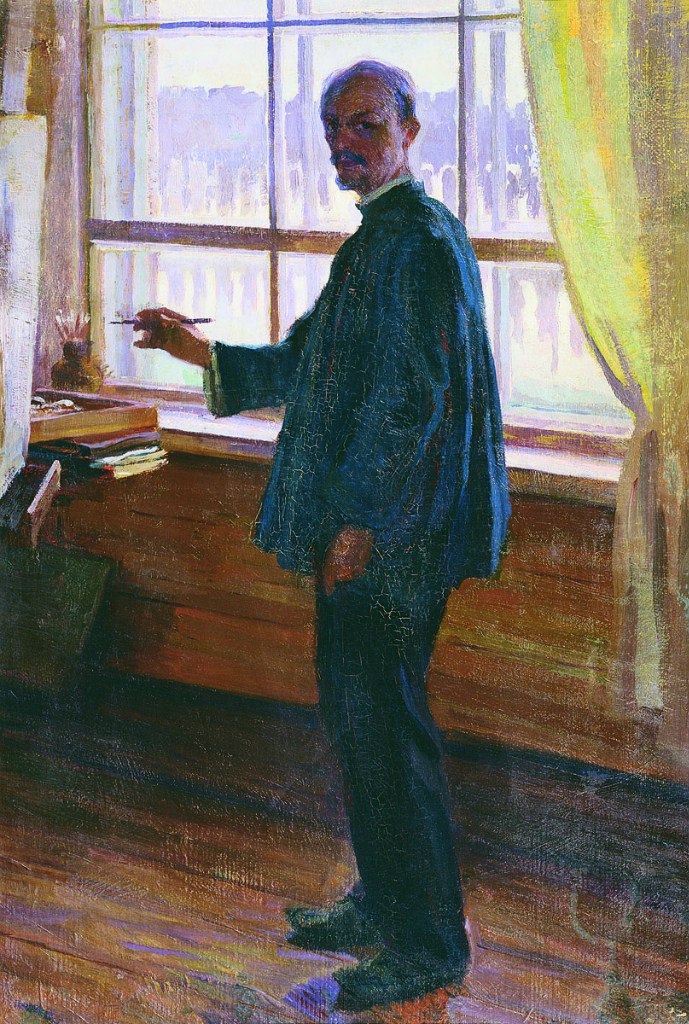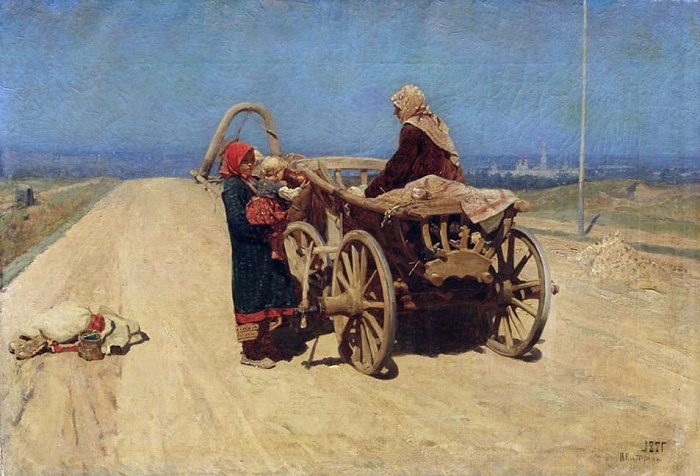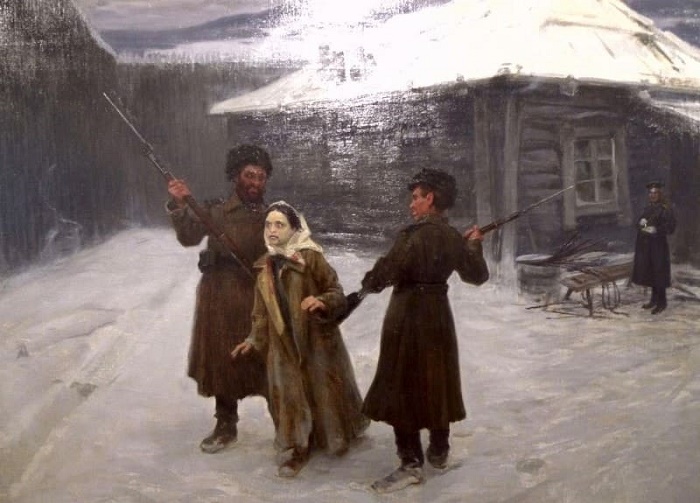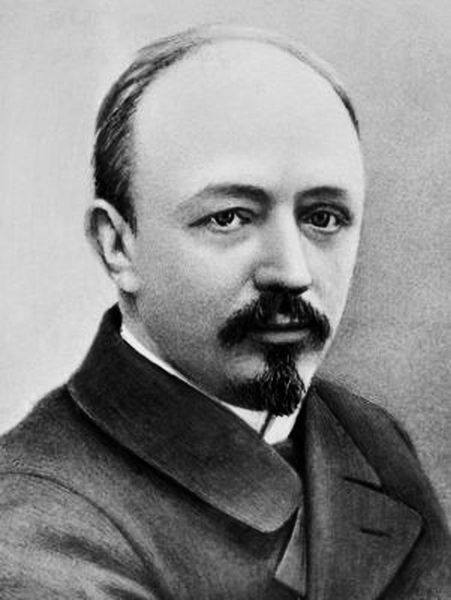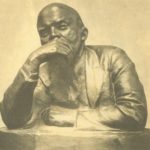Soviet Russian painter Nikolay Kasatkin 1859-1930
Soviet Russian painter Nikolay Kasatkin
In December 1859, in the house of the philistine engraver Alexei Kasatkin was born a son, called Nikolay. The house stood in a vacant lot, behind a large mansion of a noble man. But the splendorof the mansion only emphasized the poverty, filth and gray dilapidated houses of Grachevka, where the poor settled. The boy grew up recalling pictures of people’s lives from childhood. He recalled gloomy workers, pale faces of working women, heard drunken songs, quarrels of shopkeepers and craftsmen. But it was here, in the line, that he began to love the working people.
The boy started drawing early. His father beautifully reproduced drawings on wood and stone and was in fact, the best engraver in Moscow. In addition, he taught drawing, and little Kolya studied with his students.
Fourteen-year-old Kolya entered the Art School of Painting, Sculpture and Architecture, where his teachers were outstanding artists of Russia V. Perov and A. Savrasov.
In 1989, N.A. Kasatkin exhibited his first paintings at the Association of Mobile Art Exhibitions, and among them was his painting “The Rivals”. The viewer liked all the paintings of Kasatkin, but especially “The Rivals”. After this exhibition Kasatkin became a member of the Association and became closely acquainted with the best people of that time, advanced artists and writers. In particular, Perov, Savrasov, Shchedrin and Dostoevsky, who influenced the worldview of the artist. As a result, he more clearly began to realize that the main hero of art should be a man from the people.
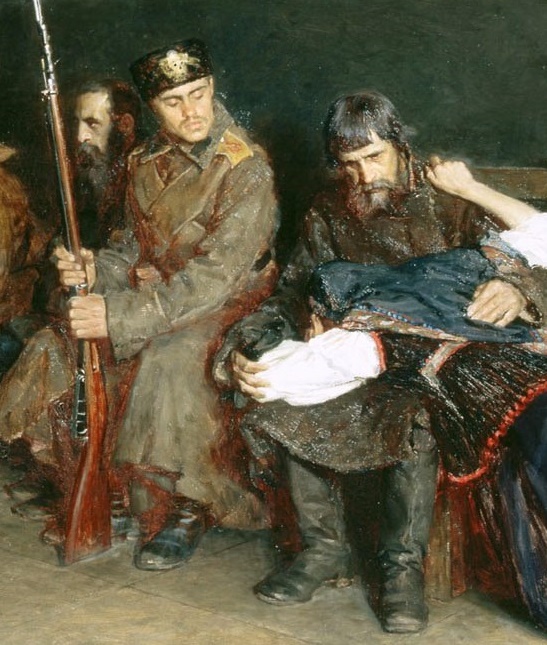
Detail of painting by Soviet Russian painter Nikolay Kasatkin (1859-1930). “In the corridor of the district court”. (1897) Oil on canvas. 100 x 118cm. Sevastopol Art Museum of PM Kroshitsky
He created a lot of paintings, the names of which speak about many things: “Orphaned”, “Alms”, “In the corridor of the district court”? and others. Revolutionaries were well aware of the rebellious spirit of his paintings. For many years Kasatkin traveled annually to the Donbass and other industrial centers of Russia. The result of these trips were numerous paintings in which he with great truthfulness reflected the hard work of miners.
During the first Russian revolution, the artist boldly try new topics. He creates pictures of “The Rising Moscow”, “Calls for Insurrection”, depicting workers with weapons in their hands, fighting for their freedom.
When the October Revolution came, N.A. Kasatkin took it as his own, close to the heart. He creates a series of paintings “Our Soviet Youth” and “Pioneers”.
Summarizing his work, N.A. Kasatkin said: “My work can be called a domestic genre of labor and revolutionary nature. The person is in the center of attention.” And the people appreciated Kasatkin’s high and freedom-loving art. Noteworthy, he was the first in 1923 to be awarded the title of “People’s Artist” of the Russian Soviet Federative Socialist Republic.
- The family of a worker in need. 1891
- The Joke 1892
- A thought. Komsomol member-pioneer leader. Pastel. 1925
- The miner peddler. 1894. Oil on canvas. 87 x 48 cm. Kiev National Museum of Russian Art
- The peat worker. Sketch for painting. 1905
- The Poor Collecting coal on a waste mine. 1894
- The song of mother land. Soldier – violinist
- The street of the Marfino village
- The tram has arrived. 1894
- The wounded revolutionary
- Weaver
- Who? 1897
